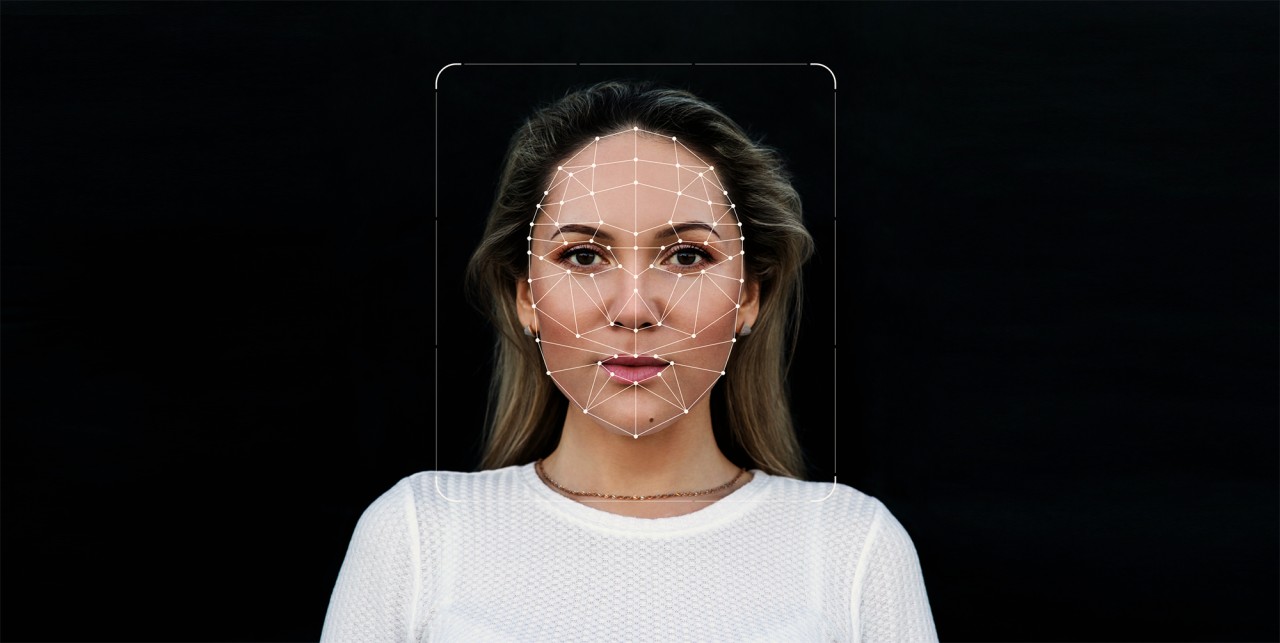
Biometric technologies have begun to gain traction in aviation. Trials are commonplace and, despite privacy concerns, the vast majority of the travelling public accept the use of Biometrics during their journey through the airport.
In terms of convenience, the benefits are plain to see. By reducing friction, the passenger experience is more pleasurable, less stressful and generally faster. But, the adoption of biometric technology requires careful consideration.
The clear winner is facial biometrics, which does not need the same interaction by the subject as Fingerprint or Vein biometrics. And is faster and more applicable than Iris biometrics. The way each solution performs depends on its hardware, Artificial Intelligence (AI) models and how efficiently they work together. All facial biometric tech is not created equally and performance – both in terms of speed and accuracy – is an important metric to consider when sourcing a solution.
AI models are all affected by the data used to train them. The mathematics that drives AI is inherently susceptible to “bias”. This bias is not typical prejudice that comes to mind. It is the tendency of the weightings within AI to become skewed if it receives too much of a similar kind of input data. When Facial Biometrics is being trained, it is exposed to large numbers of faces so it can mathematically build patterns of what a face is. These patterns are derived from inputs that include points on a face, such as the corners of eyes, noses, lips, etc. as well as skin colour. If the training data i.e. the faces are too similar, the AI Models can do an increasingly good job of handling the faces it was trained with but a poor job of handling genders, face shapes, races, skin shades, facial deformities and even eye shapes that were under-represented in the training data.
Speed is another important consideration. It comes from the hardware itself and the way the software harnesses the power of that hardware. GPUs (Graphical Processing Units) were made to handling massive numbers of data points to make game graphics realistic. After an arms race that is still ongoing between GPU manufacturers, AI developers learned that GPUs were capable of an order of magnitude – sometimes as much as 100,000x – the performance of traditional computer processors (CPU) at crunching through the massive datasets needed to train data and execute AI operations. Deep Learning transformed the accuracy and performance of AI, helping to power a new breed of Facial Biometrics solutions. Even so, all GPU hardware is not the same because performance is measured in amusingly-named Teraflops.
Ink has always recognised that this is not a place to economise and as a result, the speed of our solution outperforms competitors by 200%. Walking passengers do not even need to slow down or stop to be recognised. This means that passengers just walk through gates without stopping and the recognition step at things like Bag Drop is so fast, they do not perceive it. This makes a big difference in throughput, which can be 2 to 3 times faster than competing solutions, where each passenger must stop to look at a camera.
Privacy is a primary concern about Biometrics. Ink’s policy for the use of personal data conforms to EU General Data Protection Regulations (GDPR), regardless of where in the world our solutions are deployed. Passengers data is never used for purposes other than those required by our customers. By tokenising, the underlying biometric data is never released when cross-functionality across other systems is required.
Above all, the dilemma that the industry must get to grips with is the staggering cost of converting existing airport infrastructure to biometric flows. The relatively limited number of suppliers of technology into the aviation vertical tends to add a significant premium onto the cost of implementing solutions. When this premium is applied to the required hardware and software, affordability becomes a key risk for airports and airlines willing to adopt this technology.
So while the benefits of Biometrics are easy to demonstrate, purchasers can quickly find themselves drawn to investing at a level that they cannot afford for a “shiny new thing”.
Ink believes in democratising technology and making it affordable for even the smallest players; whether that is one gate or one desk for one flight a day or retrofitting hundreds of desks. Customers work collaboratively during the Solution Design phase to make sure that the technology we provide fits their size, budgets and use cases. Great care is taken not to overstretch their resources and introduce solutions for problems that do not actually exist.
Get in touch with Ink in order to demystify biometrics and design a Pilot Project sized to your operation. Experiment with this exciting technology to strip costs (instead of increasing them with unaffordable tech), increase passenger convenience and empower your staff to work more efficiently.

